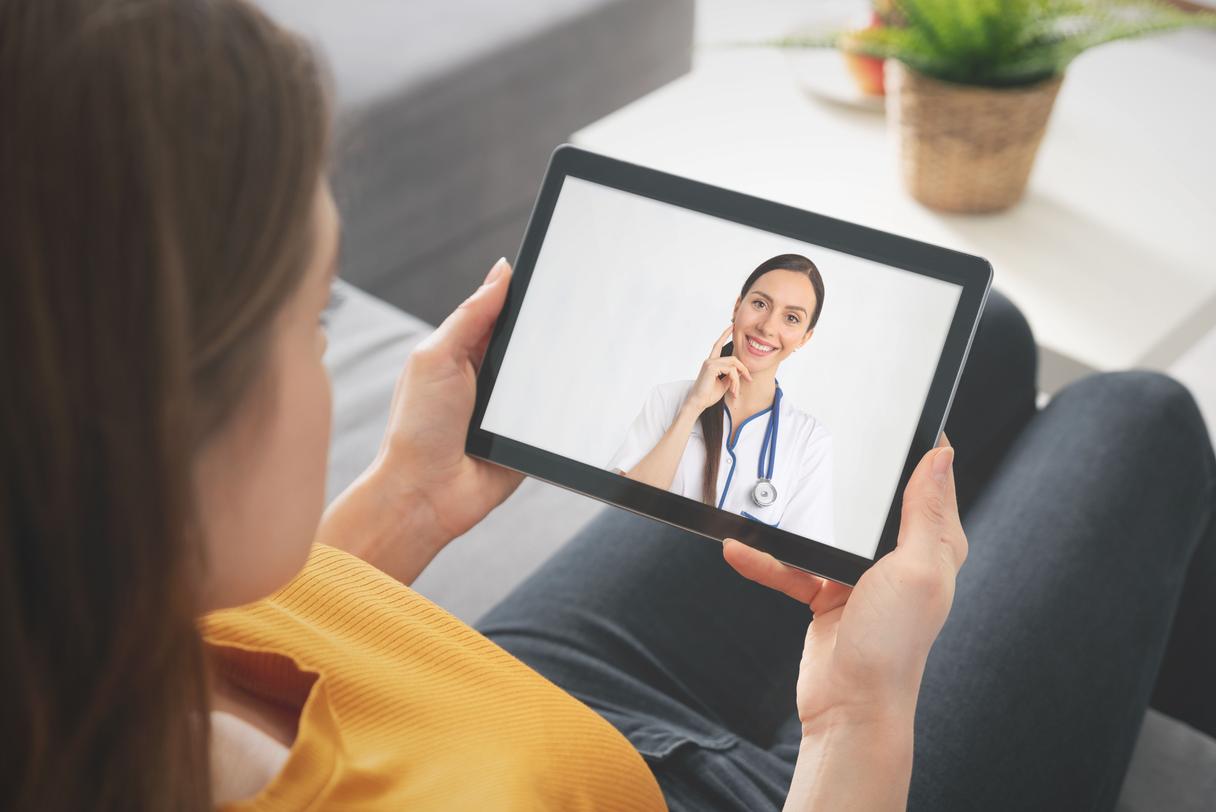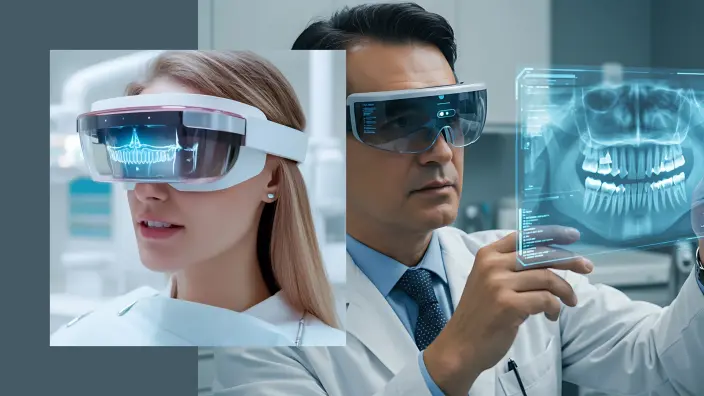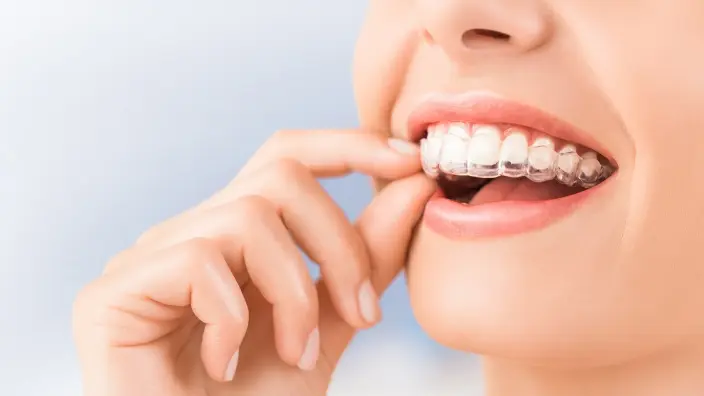September 06, 2022
What is teledentistry and how you can leverage it in your practice

Teledentistry has been around for a while, but only since the Covid-19 pandemic has it gained momentum and shown its true potential and capacity. In March 2020, the American Dental Association published a detailed guide to understanding and documenting teledentistry events. Many other policy revisions, guides, resources, and lectures are now available from various professional associations facilitating practitioners’ adaptation of teledentistry.
Why choose teledentistry over in-person visits?
Teledentistry has surfaced as valuable crisis managment deuring this ongoing pandemic. However, the utility of teledentistry in facilitating dental care, guidance and education, and follow-ups is already well-established. It was first adopted by the military to give healthcare access to US troops across the world in 1994. Today, this same accessibility benefit can be used to provide the best dental care to patients, without geographic limitations. Patients and future patients are more likely to consent to high-yield procedures that often require multiple visits if the number of in-patient visits can be reduced. Patients are also more likely to consent to specialty treatments and procedures if they are required to travel less often to dental offices that specialize in these procedures during the course of their treatment. This is only possible with teledentistry.
This is important because teledentistry allows specialized practices to reach out and include a broader range of patients, offer inclusivity to more remote patients and cover a wider range of zip codes. 61 million Americans live in dental health professional shortage areas (HPSAs), or parts of the nation where dental care is hard to access. A significant number of these are in states that cover orthodontics through Medicaid. Patients offered only two to four visits in person are more likely to drive outside of these HPSAs and seek specialty care as opposed to multiple visits required in certain dental care and orthodontics.
Why is important to compliment your current dental and orthodontics practice with teledentistry?
One of the best applications of teledentistry lies in orthodontics. With many clear aligner companies already offering it as an option for virtual consults, the scope for teledentistry in the future of orthodontics and dentistry is much broader.With an innovative treatment planning platform like SoftSmile, using virtual dental care has become more efficient. Once the initial patient is set up with a detailed consultation of the treatment plan, doctors can share models, and 3D rendered images with the patient over a tele-visit.
Depending on the facilitation you and your practice would like to offer, you can set up seating appointments for a take-home or mail-in appliance. For established patients, this offers a much more efficient way of handling follow-up visits. For new patients, it can be a way to get them through the door and increase the number of new patients you and your team sees every week.
This methodology does require resources and planning to lead to success. Based on the needs of your patient pool, consider a series of treatment plans. There are plenty of evidence-based strategies, platforms, and software that help streamline the patient experience. Invest in tools and platforms to improve the overall time and cost efficiency of your plan. For high-yield patients, you can consider including an at-home intraoral camera as a part of the package. At a minimal cost starting at $20 these gadgets come in various user-friendly shapes, not too different from a toothbrush, and will help you immensely in collecting data on hygiene, progress, and other dental considerations while engaging the patient and making them more compliant.
Innovative strategies such as these are helping practices grow today across Europe and Asia. It is only a matter of time before they dominate the US market. This will not only help elevate your current orthodontic treatment planning but also help your team streamline the process and give your patients the optimal experience. Data collected during these tele-visits can also improve patient-provider and provider-provider communication. With meticulous charting, imaging, and available information through the teledentistry platforms, it is no doubt the easier way of referrals and communication, and quality care.
Conclusion
Today there is no question of teledentistry utility and promise for patients and doctors. The question is who are the early adopters and who will evolve their practice over time. The reduced waiting time, cost-efficiency, accessibility, and overall versatility of the process are undebatable for the future of orthodontics and dentistry.



